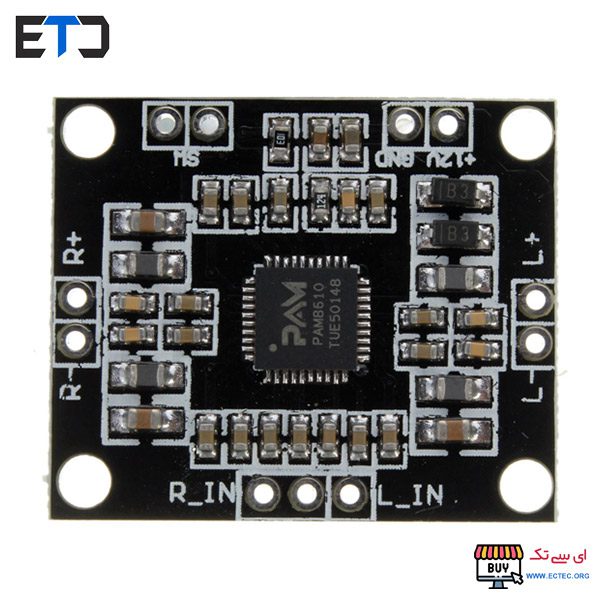اعوجاج هارمونیک کل THD در آمپلی فایر چیست؟

اعوجاج هارمونیک کل THD در آمپلی فایر چیست؟
THD مخفف Total Harmonic Distortion است و به معنای اعوجاج هارمونیک کل است. این یک پارامتر کیفی است که نشان می دهد یک شکل موج تا چه حد به شکل موج سینوسی شبیه است.
مقدار THD بر حسب درصد بیان شده و هرچه کمتر باشد، شکل موج شباهت بیشتری به سینوسی دارد و درنتیجه از کیفیت بالاتری برخوردار خواهد بود.
در شکل موج سینوسی، همه هارمونیک ها با توان صفر هستند. با این حال، در بسیاری از سیستم ها، به دلایل مختلف، هارمونیک ها در شکل موج ایجاد می شوند. این هارمونیک ها می توانند ناشی از بارهای غیرخطی، مانند تجهیزات الکترونیکی، باشند.
اعوجاج هارمونیک:
اعوجاج هارمونیک می تواند تأثیرات منفی بر کیفیت سیگنال داشته باشد. این می تواند منجر به کاهش کیفیت صدا، تداخل با سایر سیگنال ها و افزایش اتلاف توان شود.
برای کاهش اعوجاج هارمونیک، می توان از فیلترهای هارمونیک استفاده کرد. این فیلترها هارمونیک های ناخواسته را از سیگنال حذف می کنند.
در اینجا برخی از کاربردهای THD آورده شده است:
- اندازه گیری کیفیت سیگنال های صوتی و تصویری
- کنترل کیفیت تولید تجهیزات الکترونیکی
- طراحی فیلترهای هارمونیک
در اینجا برخی از منابع برای کسب اطلاعات بیشتر در مورد THD آورده شده است:
Total Harmonic Distortion (THD) is a measure of the amount of distortion in a signal. It is calculated by measuring the sum of the powers of all the harmonics of the fundamental frequency, divided by the power of the fundamental frequency. The THD is expressed as a percentage.
A perfect sine wave has no harmonics, so its THD is 0%. However, real-world signals often have some distortion, which can be caused by a variety of factors, such as non-linearities in the signal source, amplifiers, and speakers.
The THD is an important measure of the quality of a signal. A high THD can make the signal sound harsh or distorted. In audio applications, a THD of less than 0.1% is generally considered to be good. In power systems, a THD of less than 5% is generally considered to be acceptable.
There are a number of ways to measure THD. The most common method is to use a spectrum analyzer. A spectrum analyzer measures the power of each frequency component in a signal. The THD is then calculated from the power of the harmonics.
THD can also be measured using a distortion meter. A distortion meter is a device that measures the difference between a signal’s fundamental frequency and its harmonics.
The THD is an important measure of the quality of a signal. It can be used to assess the performance of audio equipment, power systems, and other systems that generate or transmit signals.
Here are some of the factors that can affect the THD of a signal:
- The type of signal: Some types of signals, such as speech and music, are more susceptible to distortion than others.
- The quality of the equipment: Poor-quality equipment can introduce more distortion into a signal.
- The environment: The environment in which the signal is generated or transmitted can also affect the THD.
To reduce the THD of a signal, it is important to use high-quality equipment and to minimize the effects of the environment. In some cases, it may also be necessary to use filters to remove the harmonics from the signal.












اولین دیدگاه را ثبت کنید